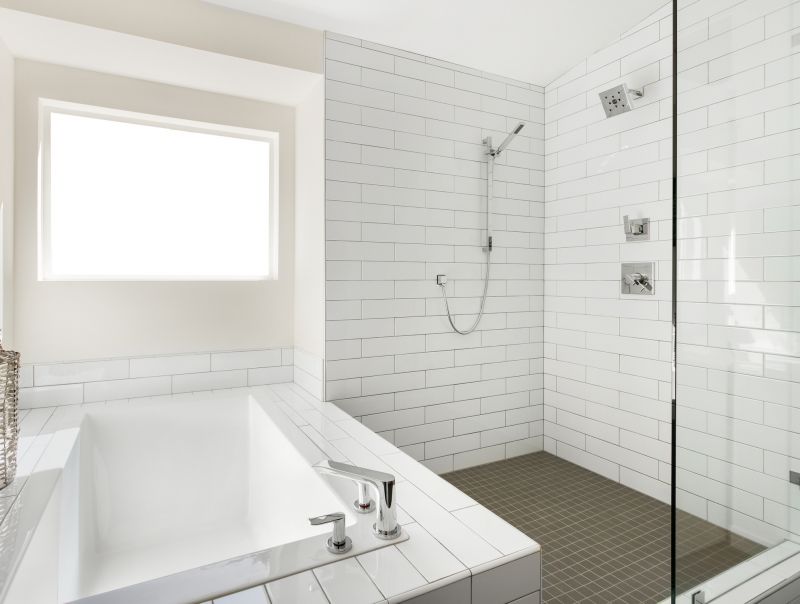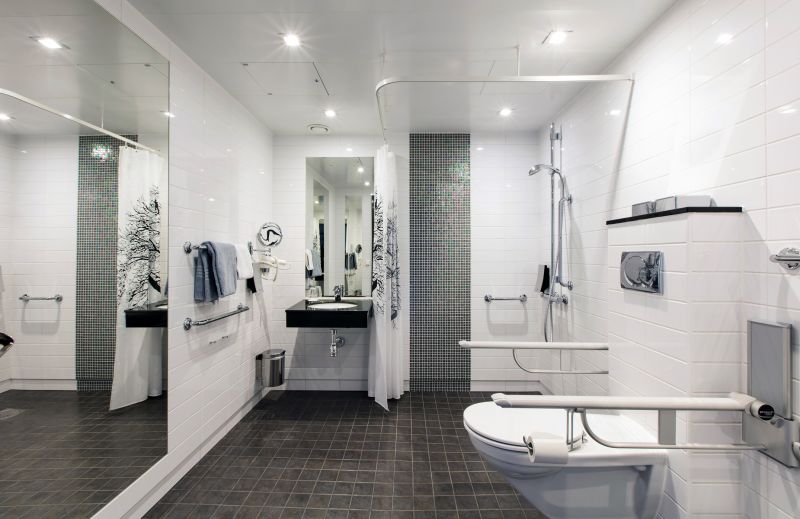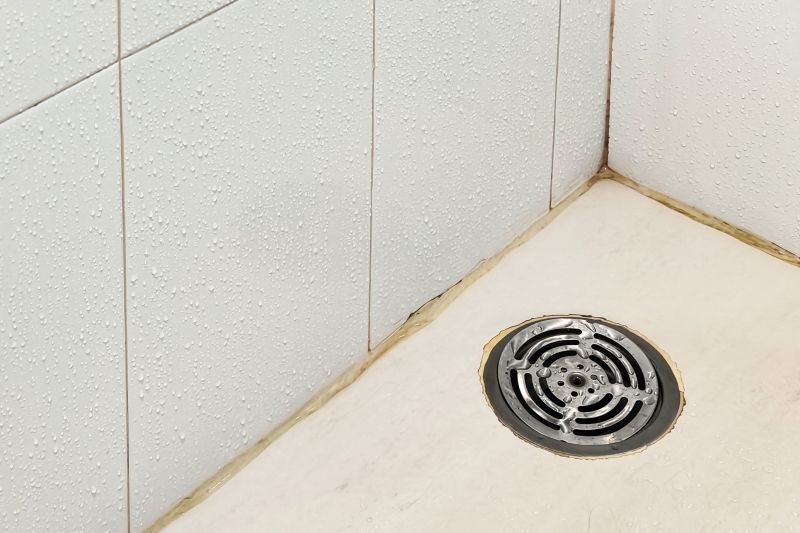Maximize Small Bathroom Shower Space
Designing a functional and stylish small bathroom shower requires careful planning to maximize space while maintaining comfort and aesthetics. With limited square footage, selecting the right layout can significantly impact usability and visual appeal. Various configurations, including corner showers, walk-in designs, and glass enclosures, can optimize space without sacrificing style. Understanding the benefits and limitations of each layout helps in making informed choices tailored to individual preferences and bathroom dimensions.
Corner showers utilize space efficiently by fitting into existing corners, freeing up floor space for other fixtures and storage. They often feature sliding doors or curtains, making them ideal for compact bathrooms.
Walk-in showers offer a sleek, open look that enhances the sense of space. They typically have no door or a minimal barrier, with glass panels that create a seamless transition between the shower and rest of the bathroom.

A variety of small bathroom shower layouts can be adapted to different space constraints, including L-shaped, quadrant, or linear configurations. These layouts focus on maximizing usability while maintaining a compact footprint.

Innovative design elements, such as built-in niches and corner shelves, can enhance functionality in small shower spaces, providing storage without cluttering the area.

Choosing the right shower enclosure, whether frameless glass or framed, impacts both the look and practicality of small bathroom layouts, ensuring durability and ease of cleaning.

Proper planning of plumbing and drainage is crucial in small layouts to prevent water pooling and ensure efficient operation, especially in tight spaces.
| Layout Type | Ideal Space Size |
|---|---|
| Corner Shower | Up to 30 square feet |
| Walk-In Shower | 30 to 50 square feet |
| L-Shaped Shower | 25 to 40 square feet |
| Quadrant Shower | Up to 35 square feet |
| Linear Shower | 20 to 40 square feet |
The integration of innovative storage solutions, such as recessed niches and corner shelves, plays a vital role in small shower layouts. These features help keep the space organized and clutter-free, making the shower more functional. Selecting the right fixtures and materials can also influence the perception of space, with clear glass doors and light-colored tiles reflecting light and opening up the room visually. Proper ventilation is essential to prevent moisture buildup, which can be a challenge in tight spaces.
Design considerations extend beyond aesthetics to include ease of maintenance and durability. Frameless glass enclosures, for instance, offer a modern look with minimal cleaning requirements, while textured tiles can add visual interest and hide water spots or soap scum. When planning a small bathroom shower, it is important to balance style, functionality, and practicality to create a space that is both attractive and easy to use.


